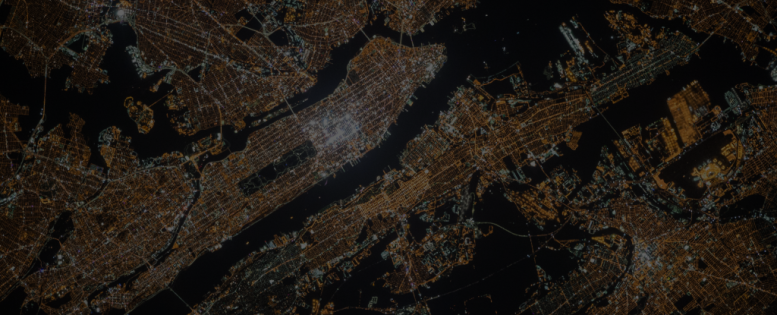Author
Aida Alsina
Blog / Leadership & Transformation
Categories

Image source: https://upload.wikimedia.org/wikipedia/commons/thumb/a/ab/Internet_of_Things.jpg/1200px-Internet_of_Things.jpg
A major enabling component behind this field of technology is the innovation that has occured in the form of the Internet (aka “the Web”). The early web which mostly consisted of machines mainly communicating in text-based forms has gone through a drastic change since its inception in the 60s. It went from a mere repository of static information, to a collection of media served over machines communicating via standardized protocols from all across the globe. During the 1990s and 2000s the web witnessed an infusion of people-centric applications meant to connect us via digitizing various aspects of our daily interactions with each other. With more and more of our lives being spent online, this connectivity slowly creeped into our interactions with our physical world. This slow digital merge with our physical worlds is part of a wider trend in technological developments over the past few centuries. This has come about due to the exponential growth in the compute power and communication capabilities of machines, which has led to innovations within embedded systems and sensor networks. All these improvements have culminated in the form of what we now refer to as IoT technology. And along with the advent of ubiquitous machine learning, artificial intelligence and virtual reality, IoT is one of the major driving forces behind an eventual possibility of a state of hyperrealism. A state where our digital and physical worlds are so blended that there is no clear distinction between where one ends and the other begins.In the short term though, this trend has a direct and measurable impact on the industry and the various processes that it relies on. The growing role of digital technology within various industries has led to what we commonly now refer to as the fourth industrial revolution or Industry 4.0. This mainly entails the ongoing automation of the traditional manufacturing and industrial practices using modern “smart” technology. This also impacts the way we derive value using our business models and methodologies, along with how the typical management processes are applied to drive them. IoT and its associated paradigms also have a considerable impact on the workforce needs and the skills required to tackle the new set of challenges that they bring about.On top of this, with the unimaginable swarms of IoT sensors generating copious amounts of data a whole slew of needs around data storage, processing and analysis have come forth. This has given way to the fields of cloud, edge and fog computing, along with an explosion of a number of hardware and software protocols to deal with the extraction and transport of this data across various communication networks. Additionally, this has also meant that the inherent value of all this data is in the spotlight now and has paved the way for analytics, visualization and machine learning techniques within IoT both on the edge and in the cloud.With the growing influence of technology on our daily lives the only thing that is certain is rapid change, which will be disruptive to a lot of industry sectors all across the global economy. We can already see a glimpse of this in various sectors such as healthcare, entertainment, logistics, manufacturing, transportation, infrastructure etc. Having an understanding of the potential of this is very useful for decision makers across the globe, since this is bound to have far-reaching effects. And the pace of change will most likely only accelerate from here on out. With the convergence of exponential innovations in the fields of virtual reality, machine learning, IoT technology and artificial intelligence, Baudrillard’s post-modern semiotic concept of hyperreality does not really seem that far-fetched after all! Only time will tell…Come join us for an exciting discussion around this topic in our Masterclass "IoT - where the physical meets digital on Thursday, October 7, 2021 from 6:00 PM to 7:00 PM CEST.Learn more about the uses of the Internet of Things in the industrial world and open your business to new opportunities!
Aida Alsina